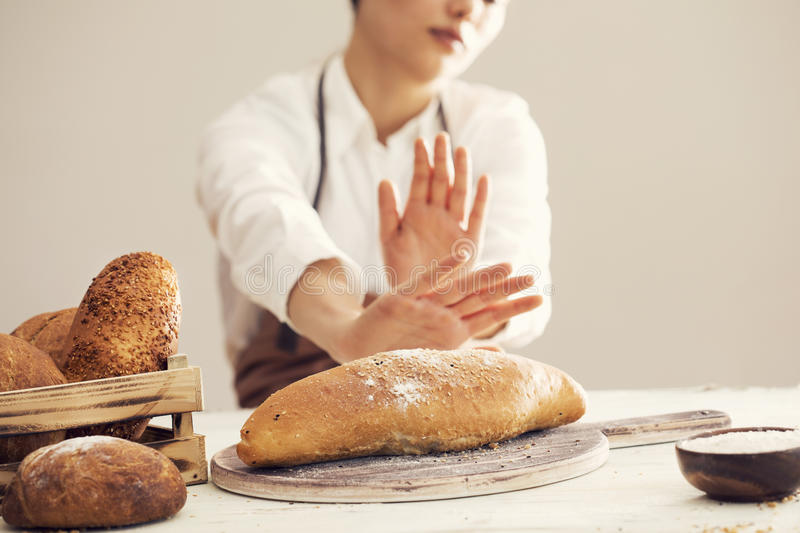
5 Reasons To Avoid White Bread
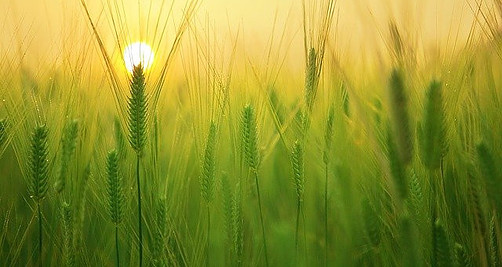 Bread has been within the feeding of human beings since time immemorial, just as it was also a symbol of worship and salary from the Sumerians times ( 6000 ac). People are regarded as the oldest civilization that ever existed in the world.
Bread has been within the feeding of human beings since time immemorial, just as it was also a symbol of worship and salary from the Sumerians times ( 6000 ac). People are regarded as the oldest civilization that ever existed in the world.
And although nowadays there are all kinds of bread, Did you know that more than 90 types of bread can be found across the globe according to their weight, ingredients, shape, and elaboration?. That´s great, isn’t it? although today I am going to concentrate specifically on white bread because I want you to know 5 different reasons why you are better off avoiding it when you can choose other bread made of healthier flour from the great variety that exists while nourishing yourself.
White bread is made from refined wheat flour where the bran and the wheat germ of cereal have been removed, having no fibers at all which especially affects people with bowel problems who feel low energy, among some of the things. That´s why I want to share with you certain curiosities about white bread:
1. It´s too mixed
We have to be realistic and if not we would be lying to ourselves about wheat, as it´s no longer considered a healthy food, even if we buy it organic or whole-grain, it´s too hybrid. Containing a very high amount of gluten, a protein that irritates intestinal walls, plus it also has fewer minerals and vitamins than it had hundreds of years ago.
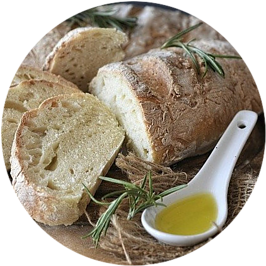 When we talk about wheat: and what it really was years ago, it reminds me of my grandmother and I mention this because she used to make bread more than 80 years ago traditionally, in a small Spanish village, taking the grain to be ground in a stone mill before making it.
When we talk about wheat: and what it really was years ago, it reminds me of my grandmother and I mention this because she used to make bread more than 80 years ago traditionally, in a small Spanish village, taking the grain to be ground in a stone mill before making it.
I underline this because in some cases is defended that freshly ground flour is fresher, has more flavor, and retains more properties than the one it has been processed for some time. And I really think it´s a pity! because wheat was really a suitable food years ago, but nowadays it´s used a lot in a multitude of flours and foods, especially as a thickener.
2. Poor in fiber, minerals, and vitamins
White bread is considered like a ¨dead¨ bread, and I am not trying to be dull, what I mean is that when the nutrients are lost within its elaboration processed, and the best part of the flour that has been removed it´s given to the pigs or other farm animals. What do we have left?
The resulting product has hardly any fiber, vitamins, or minerals, being truly a product that it´s just starch and calories without essential nutrients.
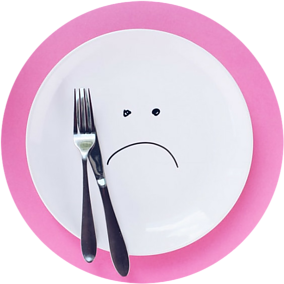 So if we wanted to ask ourselves more questions, we would probably take into consideration the difference between wheat and whole wheat? And the main difference is that whole wheat has fiber, vitamins, and minerals, as the bran and the wheat germ of cereal haven´t been removed as a difference from normal wheat.
So if we wanted to ask ourselves more questions, we would probably take into consideration the difference between wheat and whole wheat? And the main difference is that whole wheat has fiber, vitamins, and minerals, as the bran and the wheat germ of cereal haven´t been removed as a difference from normal wheat.
The same thing happens with certain cereals for breakfast, whenever you go to the supermarket if you observe that on the front box of some of them it says ¨enriched with vitamins¨. Do you wonder why it says that? The reason why sometimes certain cereals are enriched, it´s because due to losing some of their nutrients during their elaboration processed, they are added afterward.
That´s the reason why I think is crucial to find out the food content of everything we buy, not only because the package looks good, but because of its content and properties… We are what we eat!
3. It´s too salty and sugary
The modern white bread is also too salty because it has 19 gr of salt per kilo of bread, and what this means is that if we buy a bread loaf of 250 gr, it contains 4,7 gr of salt, so it´s almost the maximum recommended daily amount to be ingested by the OMS ( 5g /day/ person)
At the same time, white bread is composed mainly of starch, a polysaccharide that has undergone a fermentation process and which our body quickly transforms into sugar, but a fast-absorbing one. with a high glycemic index causing a lot of insulin wear and tear. Meaning that eating it causes blood sugar levels to rise brutally, which affects our pancreas causing an insulin peak. And as a consequence in a long term, the risk to develop resistance to insulin, diabetes, obesity, and cardiovascular diseases.
¨White bread is like a bomb for the health of people who are overweight and obese¨.
4. Too much gluten
Gluten is a set of small proteins contained exclusively in the flour of dry cereals, mainly in wheat, although it can also be found in rye and barley as well as anyone of its varieties.
What happens with modern wheat then? Well, it´s literally a result of hybrid processes, being actually selected because of its gluten richness, and the more gluten the flour contains, the more it ferments the bread becoming more elastic and fluffy. That´s why the bread seems very appetizing, more swollen and therefore it is more commercial to be sold better as well…
5. Gluten Intolerance
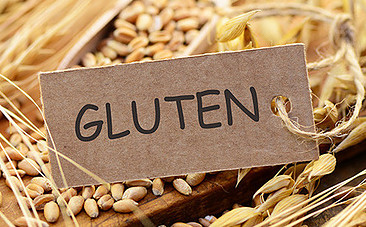 The hegemony that has been enjoying wheat flour is changing in favor of diversity as the prominence of gluten-free flours because more and more people have an intolerance to this protein. Why is that? because the digestive system of many people doesn´t tolerate the amount of gluten that features modern bread. And as a consequence the reason there are more and more gluten-intolerant people, which causes tiredness, abdominal pains, diarrhea, joint problems, etc.
The hegemony that has been enjoying wheat flour is changing in favor of diversity as the prominence of gluten-free flours because more and more people have an intolerance to this protein. Why is that? because the digestive system of many people doesn´t tolerate the amount of gluten that features modern bread. And as a consequence the reason there are more and more gluten-intolerant people, which causes tiredness, abdominal pains, diarrhea, joint problems, etc.
The great thing about it is that you can find healthier alternatives with nutritious and healthy flours gluten-free if you want to replace traditional wheat, and I will mention some of them here:
- White rice flour has a high protein content, B vitamins, and starch, and it´s good to know that is one of the most commonly used gluten-free flours due to its neutral flavor.
- Almond flour is made from bleached almonds, being ideal for pastries, and also rich in protein, fiber, vitamin E, and healthy fat.
- Quinoa flour has a slight nut flavor and a high nutritional value with high levels of calcium, proteins, complex carbohydrates, phosphorus, iron, fiber, and B-complex vitamins.
- Chickpea flour is one of the most widely used gluten-free flour and is made of ground chickpeas, having a lot of fiber, iron, and protein.
- Corn flour for example gives a lot of flavors, and it´s rich in minerals, vitamins, fiber, folic acid, and iron.
So once you start getting to know some of these gluten-free flours, maybe the next time you go to the bakery instead of buying white bread, you maybe want to try almond or quinoa bread or start buying flour to ¨Bake your own bread¨using gluten-free recipes.
And I share this with you because it´s exactly what I did when I started to experience ¨Making my own bread¨ while choosing the flours I wanted and enjoying myself at the same time. If you get into this art I highly recommend you a good Bread Maker by clicking here, which you are going to LOVE when cooking your bread easily and evenly, as it´s really easy to use!
Remember that gluten-free flours lack the binding power of gluten, so when you start working with them you will realize that they don’t react the same as traditional flours. Although, you can have fun experimenting and I encourage you to find out which of them works best in your recipes.
I hope you enjoyed this article and if you have any questions, you can ask me anytime!
Love always,
Mónica :-))
Recent Posts
- Women’s Health And Menopause
- How To Eat A Healthy Breakfast
- Best Anti-inflammatory Foods
- Turmeric-The Queen Of Spices
- Yoga Classes/Contact